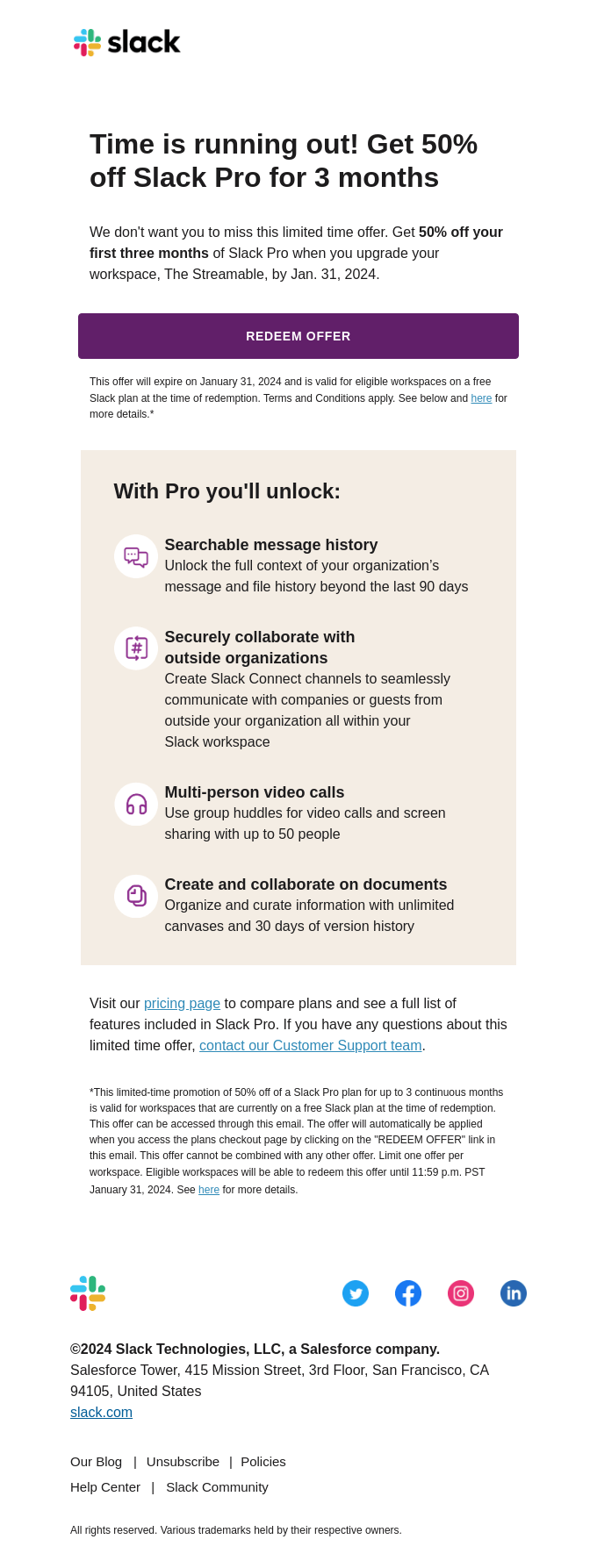Make Your Emails Your Own: The Pros of Email Branding and How to Nail It
As David Newman, a renowned marketing guru, once said, ‘Email has an ability many channels don’t: creating valuable, personal touches—at scale.’
Email branding transforms the mundane task of sending out communications into an opportunity to strengthen your relationship with your audience. It’s a simple yet powerful way of ensuring that every message you send out is immediately recognizable, fostering brand consistency and building a sense of trust with your recipients.
Understanding and implementing effective email branding can yield substantial benefits for your business—benefits that range from enhanced brand recognition to improved email deliverability. By adopting a consistent tone, style, and visual presentation with your emails, you’re not just sharing information; you’re also subtly reinforcing your brand’s message and values.
In this article, we will highlight the inherent value of customizing your emails and will provide some actionable insights on excelling in email branding. Let’s get started!
Why Email Branding Is Crucial for Your Business?
Email branding shapes how recipients perceive your communication—it is your digital handshake. A strong email brand sets the stage for enhanced recognition and trust. Here are some key reasons why email branding matters for your business:
- Consistency Across Communications: Your emails are an extension of your brand. Consistent use of logos, colors, and fonts helps build a cohesive image that your recipients will recognize. Each email reinforces your brand identity, similar to how prime advertising positions your products.
- Increased Trust and Credibility: When your emails consistently feature your brand’s visual elements, recipients are more likely to trust the content. This is crucial in a landscape where digital marketing statistics underscore the importance of brand reliability. Recognizable emails can improve open rates and reduce the risk of being marked as spam.
- Enhanced Engagement and Conversion: Branded emails with a clear identity can lead to higher engagement. A recognizable sender is more likely to catch the attention among a cluttered inbox, leading to more opens, clicks, and ultimately, conversions. When your emails carry a unique brand style and engaging content, they stand out and encourage readers to take action.
Key Components of Email Branding
Making your emails stand out requires attention to several key branding elements that can significantly impact how your audience perceives your message. Here’s what you need to consider:
Visual Identity
Your visual identity in emails encompasses elements like logos, color schemes, and fonts. Align these with your overall brand image for consistency. Use logo placement at the top of your emails to create immediate recognition. Stick to a color palette that reflects your brand and choose fonts that are both readable and representative of your brand’s style. For visual appeal, use high-quality images or graphics that support your message and branding.
Integrating social proof elements such as customer testimonials or user-generated content into your emails can further reinforce trust and credibility in your brand. For instance, Slack effectively incorporates social proof by including snippets of positive feedback or user statistics within their email communications.
For instance, Slack uses its distinctive logo placement at the top of its emails to create immediate recognition.

It sticks to a color palette reflective of its brand, with purple and white dominating, and chooses fonts that are readable yet representative of Slack’s friendly and modern brand style.
Tone and Voice
The tone and voice of your email communications should reflect your brand’s personality. Whether formal, conversational, or humorous, maintain the same style across all your messages to build familiarity with your audience. Use language that resonates with your target demographic to foster a connection and make your emails feel personal and engaging.
NotifyVisitors, known for its conversational and sometimes humorous tone, maintains this style across all messages to build familiarity and trust with its audience.

By using language that resonates with its target demographic, Mailchimp’s emails feel personal and engaging, fostering a strong connection with its users.
Signature and Footer
Your email’s signature and footer are not just placeholders for contact information; they are branding opportunities. Include your professional title, contact details, and social media links, making them easy to find. Your footer should reiterate your visual identity with branding elements and can also contain legal disclaimers or unsubscribe links, formatted neatly to avoid cluttering your message.
HubSpot, for example, utilizes this space effectively by including not only their professional title and contact details but also social media links, making them easy to find and follow.

Their footer reiterates the visual identity with branding elements and neatly contains legal disclaimers or unsubscribe links, avoiding clutter.
5 Best Practices for Email Branding
Effective email branding can distinguish your business communications, making them instantly recognizable and reliable to your customers’ experience. To create an effective email brand, here are some best practices to follow:
Understanding Your Audience
Begin with audience understanding; it’s key to tailoring your email branding. Analyze behavior and preferences via segmentation and engage with personalized content. Recognize that your target audience’s needs dictate the tone, aesthetics, and overall presentation of your branded emails to ensure that every message strikes a chord and boosts conversions.
Consistency is Key
As said above, maintain uniformity in design and tone across all emails. Your email’s visual and textual identity should reflect your brand’s overall aesthetic. Utilize your company’s color scheme, logo, and font consistently across all email communications. Equally important is the tone of your text; whether professional or friendly, ensure it aligns with your brand’s personality across all messages.
Optimize for Mobile
When mobile users account for 41.6% of email opens, it is imperative that your emails are designed responsively. This means that your layout and content should adapt seamlessly to different screen sizes and devices to ensure readability and usability on smartphones and tablets.
Keep it Simple
Advice on avoiding clutter and focusing on the message. Your email should communicate the intended message without overwhelming the reader. Incorporate ample white space to increase readability and highlight your call to action. Prioritize clear, concise content over excessive details to make sure your email is quickly understood and acted upon.
Strategically Placing Calls-To-Action
Calls-to-action (CTAs) are not just buttons or links; they are pivotal for driving engagement. Place them prominently and use urgent, action-oriented language. A/B testing can reveal which CTA placements and wording garner more clicks, leading to better performance.
Remember, email branding isn’t static. Periodically reviewing performance and applying insights will keep your emails effective and relevant.
Unleash The Power Of Email Branding Now!
Email branding is a crucial strategy for establishing your brand identity and fostering lasting customer relationships. Here are the key takeaways to foster powerful email branding:
- Brand Recognition: Customized emails boost your brand’s visibility.
- Customer Trust: Consistent branding helps build credibility.
- Engagement: Personalization leads to higher engagement rates.
- Increased Deliverability: Strong branding can improve email deliverability.
By implementing these strategies, you can make significant strides in enhancing your brand’s presence and opening up new avenues for customer engagement.
Start today and transform your emails into powerful brand ambassadors!
Author’s Bio: Neha is a content marketing specialist with over 3 years of experience in creating engaging and effective content for various SaaS companies. Neha is specialized in developing content strategies that drive website traffic and generate leads.



 info@cultbooking.com
info@cultbooking.com  0049 30 726225 0
0049 30 726225 0 